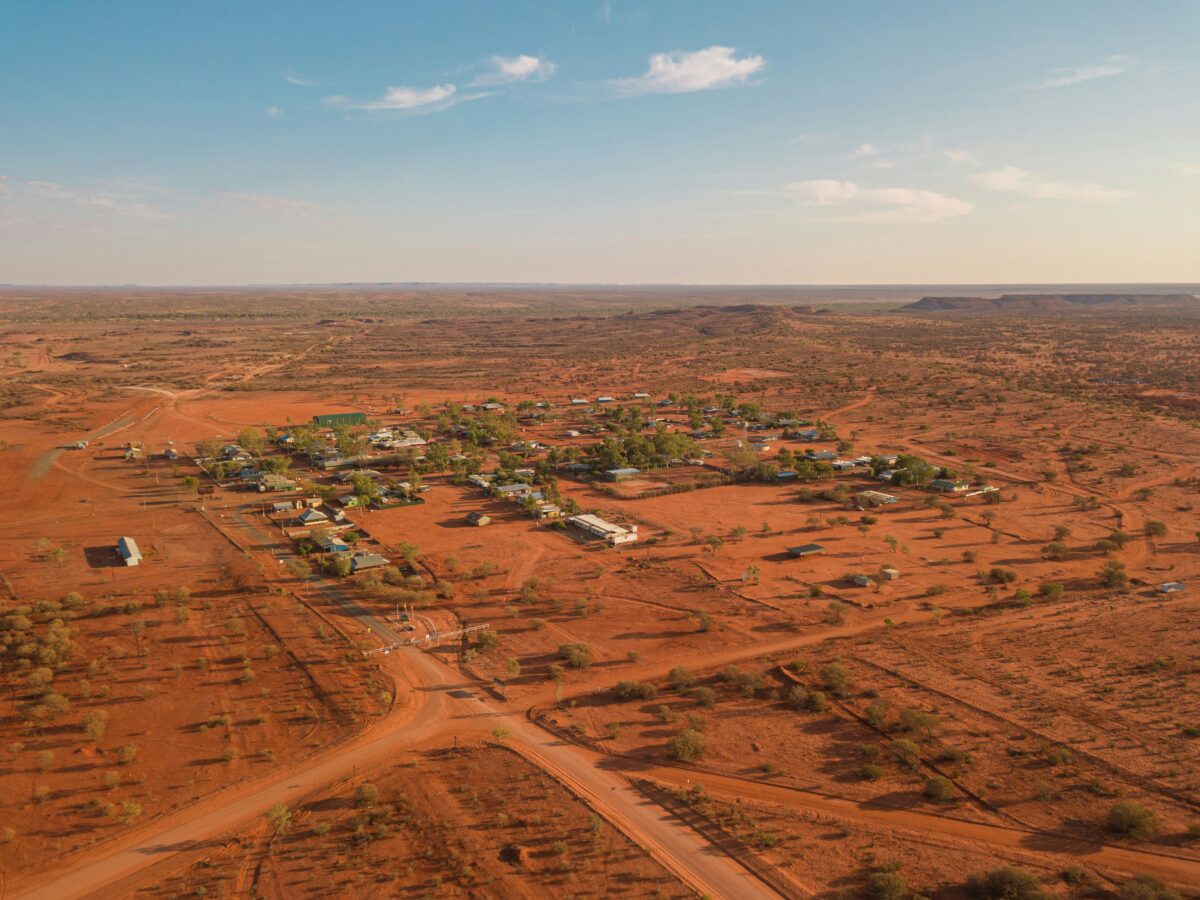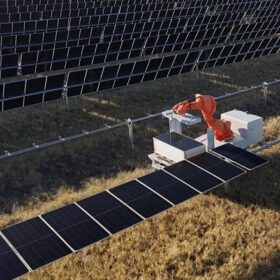Researchers from four Australian universities have released a new paper questioning why solar microgrids are not ‘the norm’ in remote Central Australia, while energy insecurity prevails in very remote Aboriginal households.
Joined by an Indian Institute of Technology Madras and Desert Knowledge Research Institute, Alice Springs researchers the team have collaborated on local perceptions of solar energy and health.
Published 1 January 2025, in the Netherlands-based Journal of Cleaner Production, the paper is called Why are solar microgrids not the norm in remote Central Australia? Exploring local perception on solar energy and health.
It found there is limited research on the links between diesel fired energy generation and health in remote Australia and a need to evaluate and communicate the benefits of transitioning to solar in those locations.
A key highlight of the paper is that community members who are well-informed of the benefits of clean energy are key for clean energy transition.
The collaboration, which includes researchers from Charles Darwin University, the University of Sydney, Australian National University and the University of Canberra concluded solar microgrids and rooftop solar panels have the potential to improve climate resilience by improving energy security and reducing off-grid community reliance on diesel-powered generators.
“The overall costs and benefits of clean energy need to be communicated to local residents, which will empower off-grid communities and organisations to make informed decisions and participate in the most suitable clean energy supply arrangements,” the paper’s conclusion reads.
“The health and well-being of people, particularly Aboriginal and Torres Strait Islander people are interlinked to the local environment and thus local residents should be involved in all policy decisions affecting their communities and the local environment.”
In the past five years, the Central Australia desert climate has experienced on average 113 days with maximum daily temperatures ≥35°C, and 32 days ≥40 °C, and in the last few years, instances where temperatures exceeded climate projections for 2030, 2050 and even 2090 under a high-emission scenario (NESP Earth Systems and Climate Change Hub, 2020).
This content is protected by copyright and may not be reused. If you want to cooperate with us and would like to reuse some of our content, please contact: editors@pv-magazine.com.








Why don’t you provide a link to the article whose content you’re reporting on? Here it is:
https://www.sciencedirect.com/science/article/pii/S0959652624038198
Hi Johno, thanks you for providing the link. It is our usual practise to include but was overlooked this time around.